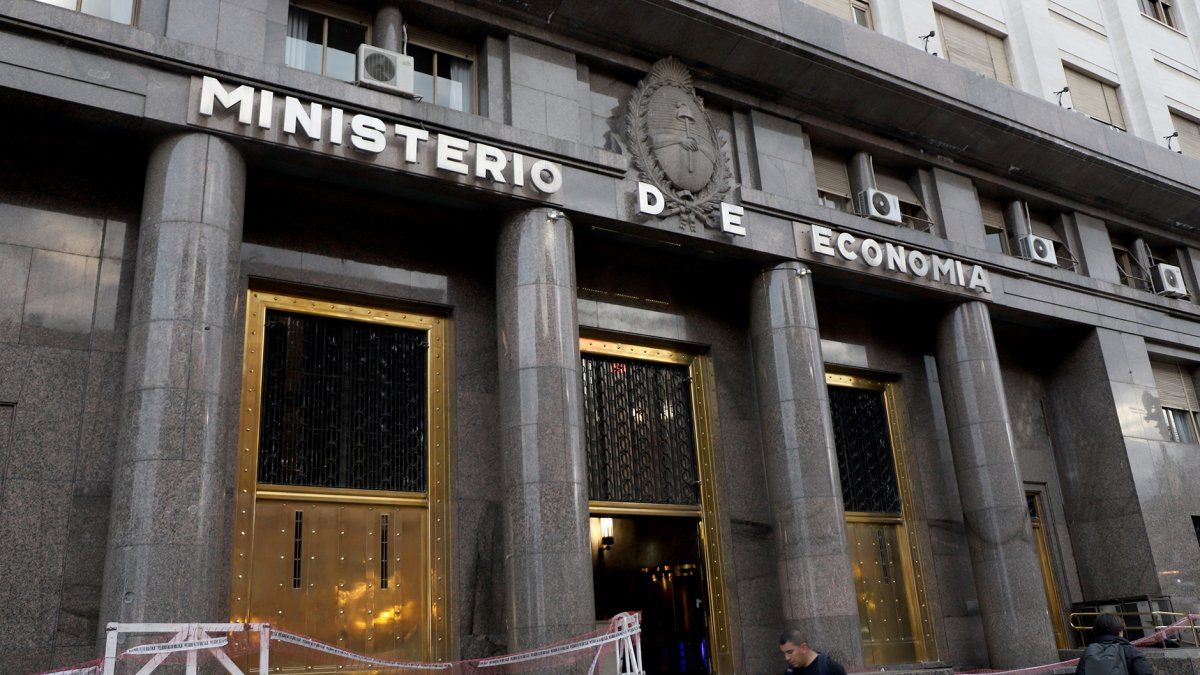If the US banking crisis spreads, it will affect local market conditions. Government and opposition, attentive to possible blows.
After the exchange of bonds in pesos launched by the Ministry of Economy last week, maturities for at least $6.5 trillion remained for the second semester, for the most part in the hands of the State itself. Almost all of this debt is indexed, which raises a question mark for the impact that global contagion from the US banking crisis could have on local conditions.
The content you want to access is exclusive to subscribers.
Although it is true that Argentina is quite isolated, since it does not have access to global markets, the fall in the prices of bonds with foreign legislation generates a rise in country risk, which in turn has an impact on the gap. In the same way, this year it is estimated that there will be some US$20,000 million less in exports due to the effect of the drought, which could worsen in the event of a global contagion.


According to estimates by GMA Capital, in July, maturities of about $2.7 trillion must be met of dual bonds; in August, $1.7 billion in CER bonds; and in September, almost $1.8 billion in duals. The rest is fixed-rate debt. so that both in the Palacio de Hacienda as well as among the opposition economists they light candles so that the Silicon Valley Bank crisis does not expand. If the scenario is complicated, the debt will grow more than expected. Even so, it is estimated that there is a predominance of public sector holders for the remainder of the year.
Nicolás Kohn, international markets analyst at Balanz, considered that the conditions for a global “contagion effect” of the US banking crisis are low for now. “It doesn’t seem like a prelude to a global crisis,” he explained, though he cautioned that volatility will continue for a few more days, until next week when the Federal Reserve can issue another statement on monetary policy after the US inflation rate is known.
Kohn maintained that in case the scenario worsens, the effect could be “less activity, falling commodity prices, and devaluation pressures on emerging markets.” In other words, a combo that indirectly, through investor expectations, ends up affected by local conditions, either due to higher inflation or pressure for the Central Bank to speed up the crawling peg.
Lorenzo Sigaut Gravina, chief economist at Equilibra, states that the bank crisis in the United States generates negative expectations, beyond the fact that Argentina does not have access to global markets. Even so, he considers that at an inflation rate of 6% per month, the Government “offers indexed debt or has to pay a very high interest rate” if it wants to renew the debt in pesos. For the economist, it is “a way of offering certainty to investors.”
On the other hand, GMA points out that debt swaps are the best way to release public entities “that own 60% of the debt stock” in national currency. That is, 40% is in private hands.
In the immediate future, there is a new debt maturity in pesos for within a week. ANDhe March 22 is the first call of the month. According to GMA Capital estimates, after the last exchange, $627,000 million remained standing. Only about $136,000 million could be spent in an 18-month term. They were the bonds with the lowest adherence, with barely an acceptance of 20%.
Source: Ambito




